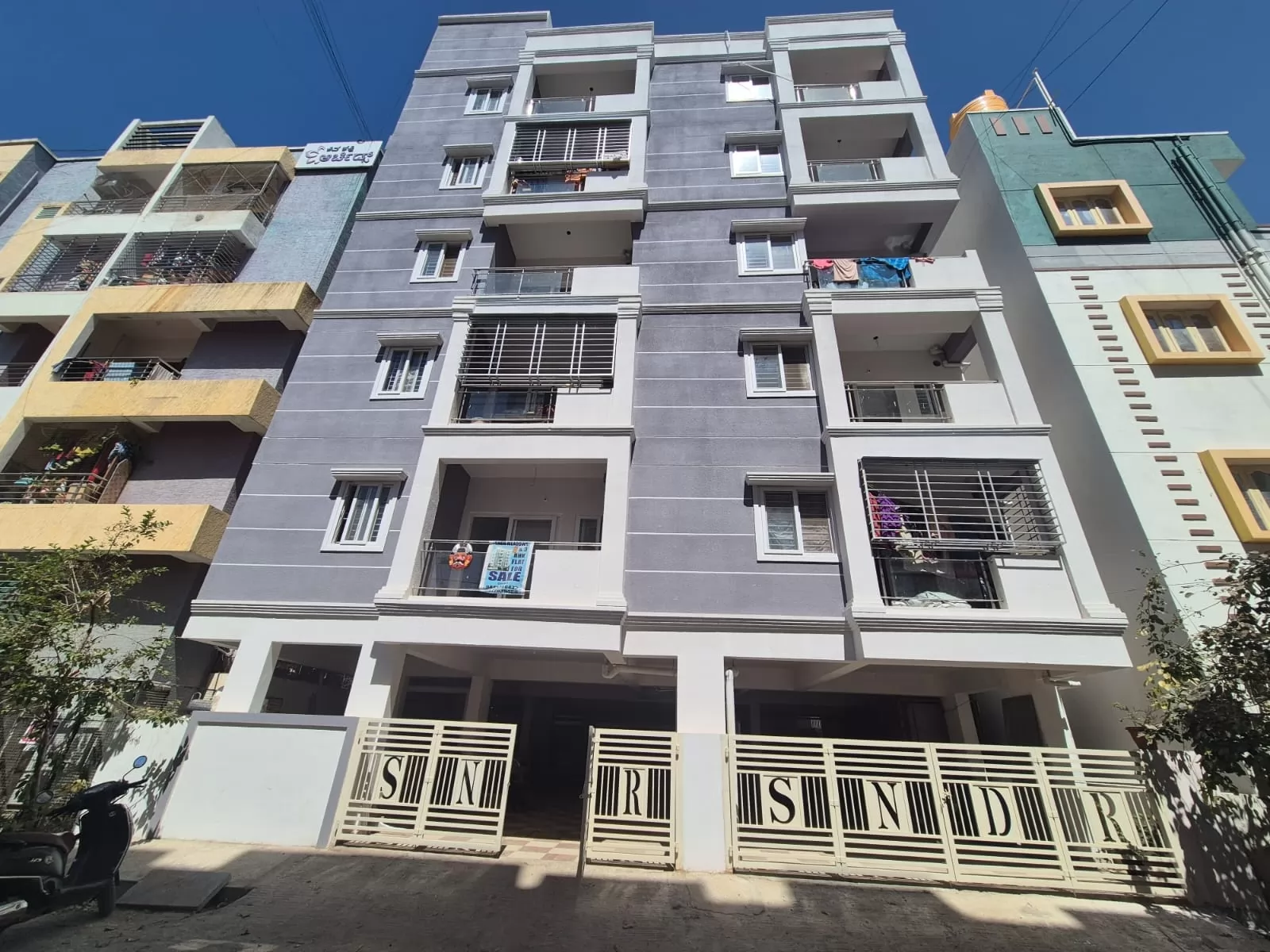Carpet Area, Built-up Area and Super Built-up Area: Know the difference.
Koheli

When buying
or renting a property, one of the most important factors is the space you
will be living or working in. However, understanding the different terms used
to describe the area of a property can be confusing. In India, the most
commonly used times are carpet area, built-up area, and super built-up
area.
In this blog, we will explain the differences
between these three terms and how they impact the value and utility of a
property.
Carpet
Area
A carpet
area is the most precise and accurate measure of a property's living space. It
is calculated by measuring the size of the property's walls that can be
covered by a carpet, excluding the thickness of the inner walls, balconies, or
any common areas. This area is the actual usable living space, where the
inhabitants can place their furniture, fixtures and appliances and utilize it
as per their requirements.
A carpet
area is an area within the walls of a property that a carpet can cover. This
area does not include the thickness of the inner walls, balconies, or common
areas like staircases and lifts. It is the most precise measurement of a
property's living space and is typically the area utilized in determining the
rent or sale price. As such, carpet area is the most important metric for those
who want to calculate the value of a property on a per-square-foot basis.
For example,
if two properties have the same built-up area, but one has a higher carpet
area, it will be considered more valuable than the other. This is because the
additional carpet area in the property provides more usable living space, which
translates to a better quality of life for the occupants.
Built-up
Area
The carpet
area plus the space occupied by the property's walls equals the built-up area.
This includes the thickness of a property's inner and outer walls and may also
have other places like balconies, verandas, and utility rooms. Builders and
architects typically use the built-up area to calculate the materials required
to construct a property and buyers to estimate the overall cost. Even so, it is
crucial to note that the built-up area does not include common areas such as
staircases and lifts, which are included in the super built-up area.
Super
Built-up Area
The super
built-up area is the most commonly used metric in India to describe the total
size of a property and is also known as the saleable or plinth area. This
includes the built-up area and the proportionate share of common areas like
lifts, staircases, lobbies, and corridors. The percentage of the common areas
is typically calculated pro rata based on the property size. Builders and
developers use the super built-up area to calculate the property's cost,
including the common areas' cost. Buyers also use it to compare the prices of
different properties.
So, what is
the difference between these three terms, and why is it important to know them?
The difference between carpet, built-up, and super built-up areas is mainly in
the areas included and excluded from each metric. The carpet area is the most
precise measure of the living space in a property, while the built-up area also
consists of the property's walls. The super built-up site comprises the
built-up area and the common areas shared by all property residents.
Buying or
renting a property is one of the biggest investments that people make in their
lives. It is crucial to make an informed decision that considers all the
factors that contribute to the property's value. The area of the property is
one such factor that significantly impacts the property's pricing and valuation.
As we have
discussed earlier, the three metrics used to measure the area of a property in
India are carpet area, built-up area, and super built-up area. Each metric has
its own significance, and it is important to understand which metric is used in
a property's pricing and valuation.
If you are a
buyer or tenant, knowing the carpet area is crucial as it represents the actual
usable area of the property. It is the area that can be utilized for living or
working and is the most accurate measure of available space. Carpet area is
also important when calculating the rent or sale price of the property on a
per-square-foot basis. By knowing the carpet area, you can estimate the
property's value accurately and negotiate the price accordingly.
On the other
hand, the built-up area is used by builders and architects to calculate the
amount of material required to construct the property. This metric includes the
carpet area and the area occupied by the property's walls. While this metric
is not as important for buyers and tenants, it is crucial for builders and
developers as it helps them estimate the construction cost and the property's
price.
Finally, the
super built-up area is India's most commonly used metric to describe the
property's total location. It includes the built-up area and the proportionate
share of the common areas like lifts, staircases, lobbies, and corridors. This
metric is important for buyers and tenants as it helps them compare the prices
of different properties. However, it is crucial to note that the actual usable
area of the parcel may be significantly lower than the super built-up area.
This is because the great built-up area includes the size of the common spaces
that all the residents of the property share.
Conclusion
In conclusion, understanding the differences between carpet, built-up, and super-built-up areas is crucial for anyone looking to buy or rent a property in India. By knowing the property's location accurately, you can make informed decisions and get the best value for your money. It is recommended to seek the help of a real estate agent or consultant who can guide you through the process and help you make the right choice.




